ASUS Prime Utopia Motherboard Tech Demo, with 7-inch OLED Display
by Ian Cutress on June 6, 2019 1:00 PM EST- Posted in
- Motherboards
- Asus
- Trade Shows
- OLED
- Prime
- Computex 2019
- Utopia
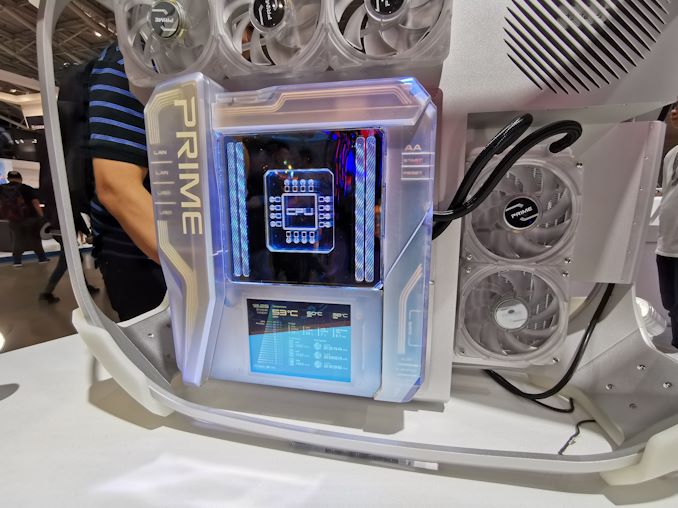
One thing that always amazes me is that the PC tech industry rarely does technology demonstrations. In the car world, the likes of Audi, BMW, Porsche, and others, will create something unique for its fans once or twice a year, without any expectation of going on sale. It’s a way for the company to show off its engineering talent, and get some column inches in the process – it’s very entertaining for the engineers in the audience, and personally, I love it. In the PC space, the only company I work with closely that does anything like this is ASUS, perhaps once every couple of years. This time around we get a look at what the future might hold with the Prime Utopia motherboard, a concept design that pools together several new features and ways of thinking.
The Prime Utopia, as a tech demo, is designed to be socket agnostic: these features could be applied on any motherboard worth its salt, however anything futuristic is going to gravitate towards the high-end desktop market. The most striking feature on the Prime Utopia that is visually obvious is the 7-inch Wi-Fi enabled display on the front where the PCIe slots normally are.
This is a high-resolution display, which could show items such as BIOS settings, fan curves, temperatures, voltages, or even a video. With a touch screen interface, a user could also apply settings, or overclock on the fly. Another concept for this display is that it would be detachable, like a smart home electric system. The display would be connected to a Wi-Fi module on the system that had the correct hooks to do these changes.
Behind the display module there are no PCIe slots. Instead we get four M.2 slots for storage, connected to the main chipset heatsink with an all-around shroud. The all-around shroud for the motherboard helps unify the design but can also apply some cooling efficiencies or EMI protection. The shroud hides the rear panel, where ASUS has upgraded its idea for a disaggregated / swappable rear IO platform. We saw this before on ASUS’ project Avalon SFF PC, whereby users could swap between a workstation focused rear IO, or a music focused one, or a storage focused one etc. In this instance, ASUS has made each of the rear panel features individually selectable.
In the long term, this is all controller based – it would rely on the add-in devices to have PCIe-to-X controllers for each of the USB ports, Ethernet, Thunderbolt, audio and such, and given that some of those devices require more than one lane, could be tricky when it comes to mix-and-match. This is a problem that could go away by PCIe 5.0 it should be noted, where a number of regular features immediately become a single PCIe 5.0 lane.
For the regular PCIe slots, ASUS has put these on the rear of the motherboard. Obviously there’s a small amount of lane re-organization to make this happen, but the idea is that with the motherboard in this configuration, the CPU and SSDs can be on one side of the system, while the GPUs can be on the other. ASUS hasn’t yet said how this motherboard would be installed into a case, which might be interesting in its own right.
The final new feature is a proprietary fan header for ASUS’ new Hydra Cortex fan arrangements. The single header can be used to daisy chain fans together and yet still control each fan in the chain independently.
As mentioned, I’m a big fan of these technology showcases and one-off designs. It shows that a company has engineers willing to think outside the box and put their skills into the system to create something new. Motherboard innovation isn’t dead, we just limited by form factor and scale. The Prime Utopia won’t be coming to market, but I’m glad it exists.
| Want to keep up to date with all of our Computex 2019 Coverage? | ||||||
 Laptops |
 Hardware |
 Chips |
||||
| Follow AnandTech's breaking news here! | ||||||


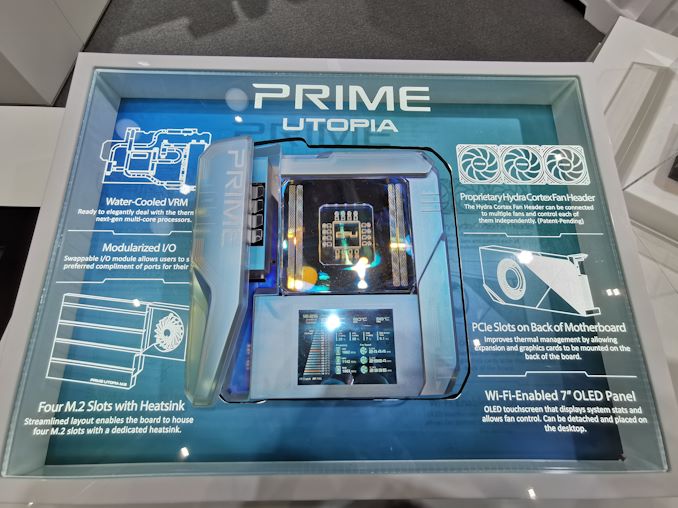
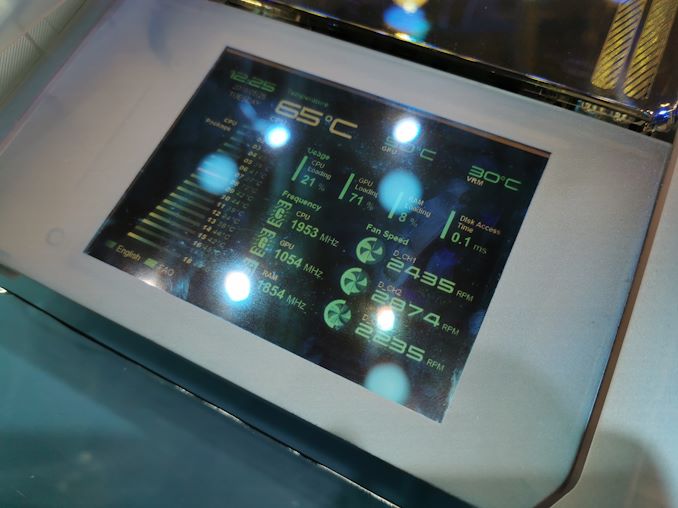


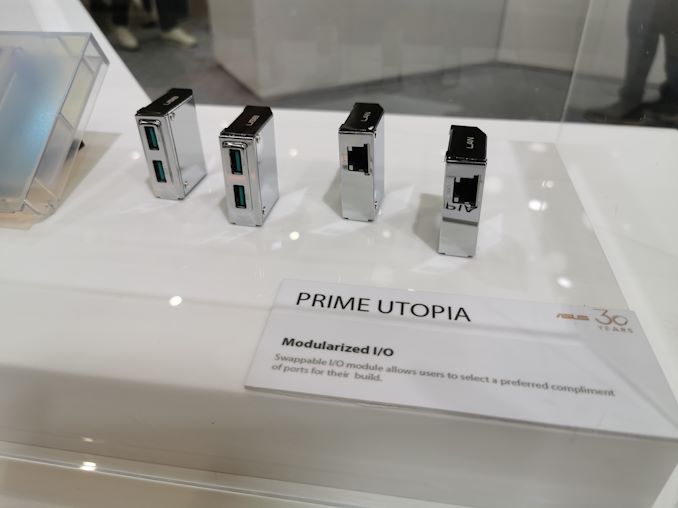
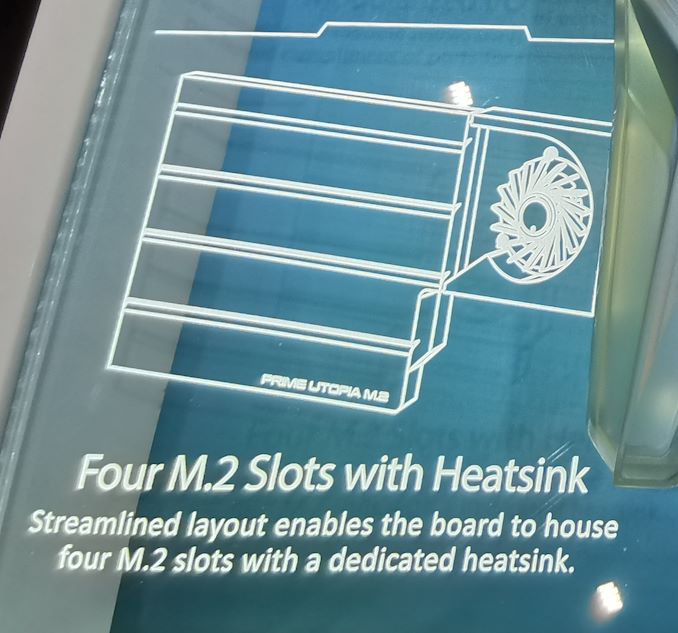
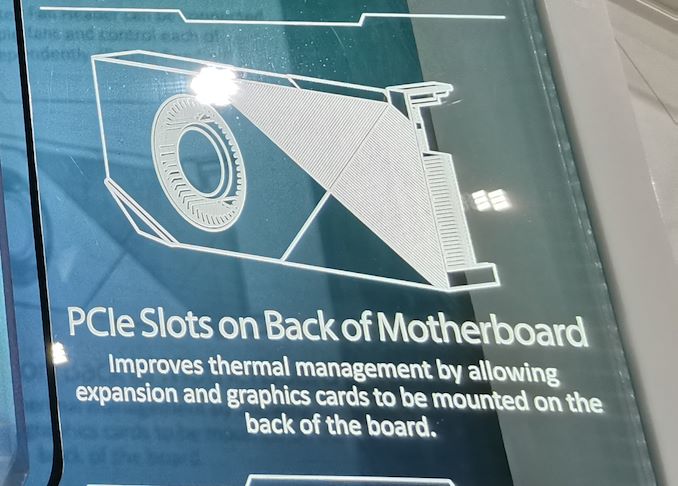









11 Comments
View All Comments
Umer - Thursday, June 6, 2019 - link
I have long loved ASUS mobos and they've been my go-to choice, ROG line-up more so than Prime but I finally gave in few years ago in favor of all-white theme and my journey by dealing with the BIOS was so horrendous that ASUS themselves gave me an option to upgrade to another mobo by only paying a difference.I generally always check for forums to see if there's many issues with the product, to see and hear from other real-world users but for some reason I didn't on this one and regretted it a lot.
With that said, this is very neat and I am in agreement with the author that companies willing to think outside of the box should be commended. Putting all my Prime issues aside, with that one particular mobo that left a very bad taste in my mouth, I would be the first one to jump to snag one of these bad boys if they were to be ever sold.
PeachNCream - Thursday, June 6, 2019 - link
Would be interesting if you could route your GPU's output to the screen and either use it as a second monitor or as a primary one if you're one of those extremely rare unicorn types that drags a desktop to a LAN party. Though it's as unlikely to make it to market as most automotive concepts.nathanddrews - Thursday, June 6, 2019 - link
Could be done easily as a USB-connected display.PeachNCream - Thursday, June 6, 2019 - link
I've only had experience with USB-attached screens in the more distant past. USB 2.0 was too laggy even at low resolutions to support the usual FPS/RTS type LAN games I envision people may still play these days. Has modern USB 3.0+ improved on the latency or was that even a problem with 2.0 broadly (I won't rule out the possibility of crappy hardware my corporation fielded for our on-the-road claims teams being the source of a lot of lag issues).Threska - Thursday, June 6, 2019 - link
"For the regular PCIe slots, ASUS has put these on the rear of the motherboard. Obviously there’s a small amount of lane re-organization to make this happen, but the idea is that with the motherboard in this configuration, the CPU and SSDs can be on one side of the system, while the GPUs can be on the other. ASUS hasn’t yet said how this motherboard would be installed into a case, which might be interesting in its own right."I've been wondering why the backside in motherboards has gone unused for years? There are proprietary computers that have, but not ATX.
DanNeely - Thursday, June 6, 2019 - link
Access is the main challenge. Outside of a possible hole around the CPU socket for an aftermarket mounting bracket the back is walled off behind a layer of sheet metal. Some mITX boards will stick an m.2 slot in the gap between the board and the part of the case it's mounted to; but the standoffs are too short to fit anything bigger.Arsenica - Thursday, June 6, 2019 - link
Modular I/O could be more useful if the modules could be placed somewhere else (like a case front panel) rather than where the I/O shield usually is, specially as there is no standard way of adding Thunderbolt 3 ports to a front panel.Lord of the Bored - Thursday, June 6, 2019 - link
The modular IO blocks could, honestly, be socketed anywhere you can route a PCIE lane.Incidentally, I had the idea for a customizable ATX port area a while back, with controllers in the port boxes. IO wound up being the issue. Faster PCIE makes it feasible, and I'm pleased to see it here.
I'm interested in what these backside expansion cards look like. Are they retaining the same mounting bracket we've had since the 5150, or reworking this for something with a bit more convenience and stability? (Really, the rear panel modules are just very compact expansion "cards", so I would hope they applied similar ergonomic concerns to their backside.)
In my imagination, they could be changed without even opening the system. Slide into rails, the connector is on the back end of the card, and the bracket screws into the back of the case from the outside, one screw on either side of the card. Like PCMCIA, only with screws to secure the card. It would move us back to having a standardized card length, but I'm not convinced that's a bad thing.
And of course, I doubt any of this will ever see mass production, because launching a new form factor is REALLY HARD.
darkswordsman17 - Thursday, June 6, 2019 - link
I like trying some new things, and I think the industry needs it as things like trace lengths become a prominent issue, necessitating new board layouts. I like the modular I/O although I'm not sure how robust their solution is and I'd prefer to move the I/O so that the area around the CPU socket can be focused on moving the heat out of there. The PCIe slots on the back would be interesting, but what case will this even fit if the PCIe slots are on the back?I think a GPU socket on the bottom lower half of a board, and then the back side would be for parallel placement of SSDs and I/O cards (that you could swap out, but could have ones for networking, audio, USB, etc). But the top part of the board would just have the the two hottest components (CPU and GPU) and be focused on maximizing the HSF and cooling options (so you could fit 3 120mm fans pushing heat from just those two right out of the case. Really, ideally the sockets would be fairly agnostic, and support say ~150-200W chips each, and you could slot in CPU, GPU, or APU, so you can have whatever setup suits your needs.
zodiacfml - Friday, June 7, 2019 - link
Meh. A look into the future of motherboards in 2-4 years.Motherboard/system standards desperately needs an update. A GPU card should not be considered as an expansion card anymore but a system as important/potent as the CPU/mobo.
I would like to screw in a GPU card into the case tray, install a CPU cooler to it.
The system can be installed with two identical coolers. Or better, a huge air cooler or water cooler where the chips are attached and share the cooling capacity.
Current stock GPU coolers are small and requires proprietary cooler design which adds cost.